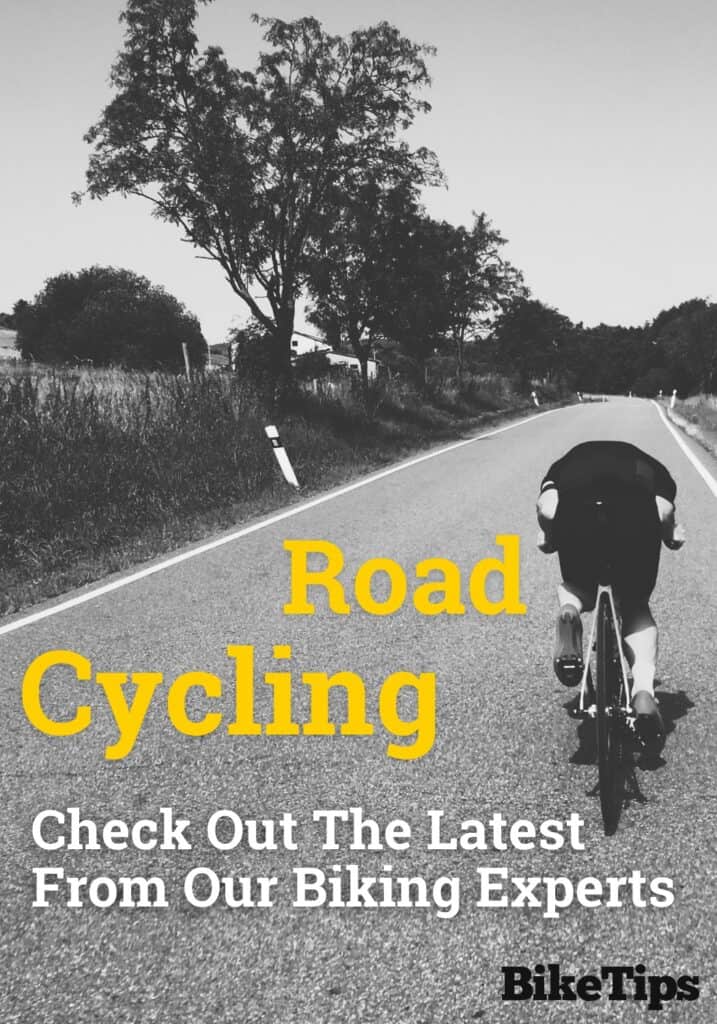With all of the diets out there, it is often difficult to decide what type of diet plan you want to follow.
Almost every weight loss diet or health diet seems to report great results, so choosing the best and healthiest diet for you can feel like an impossible task.
Sometimes, you can narrow it down to a couple of diets and almost would like to fuse concepts of several diets to come up with the best diet plan for your food preferences, health goals, budget, and individual needs.
Other times, it seems like every diet has some issue with it.
The End of Dieting diet throws conventional diets out the window, asserting that diets dont work.
So, what does work? What are the healthy eating principles of Joel Fuhrman M.D.’s End of Dieting Diet plan? Keep reading to find out!
Lets jump in!

What Is the End of Dieting Diet Plan?
The End of Dieting diet plan, created by Dr. Joel Fuhrman, is essentially an approach to nutrition and weight management that throws conventional calorie counting, food restriction, and rigid diet rules out the window.
The principle behind Dr. Fuhrman’s End of Dieting diet approach is that conventional diets dont work and they are bad for your health.
Per the End of Dieting diet pledge, every diet is doomed to fail.
The End of Dieting diet and plan information reports that only 2% of people trying to lose weight successfully keep it off.
The End of Dieting diet book goes step-by-step through many of the most popular diets and why they do not work. Examples of diets discussed include the Paleo, high-carb, and regular caloric restriction diets.

Whether you are trying to count calories, manipulate your macros such as cutting back on carbs or fat, or even trying to limit the hours you can eat in a day, if you are not developing lifelong sustainable habits, or your weight loss diet is too restrictive, it probably will not set you up for long-term success.
Once you go off the diet, you will likely regain most or all of the weight you lostif not more.
Weight regain after a weight loss diet can occur for so many reasons, some of which include the following:
- You have somewhat compromised your future weight loss success by losing too quickly and metabolizing muscle tissue. This will cause a reduction in your metabolic rate, which means that you will now be burning fewer calories than you should be for your body size, making it more difficult to generate a caloric deficit moving forward.
- You deprived yourself too long of some of your favorite foods or nutrients you need, leading to overeating or a seemingly uncontrollable urge to binge. If you put your body into starvation mode, emotionally, psychologically, or even physiologically, your body will increase hunger signals, causing a relentless urge to eat.
- You have not learned actual long-term habits for weight loss because you have been eating diet food or prepackaged weight loss shakes, or excluded so many foods and food groups that you just cant maintain that diet in the long term.
- Your diet was so restrictive and extreme that it caused burnout and you dont have the bandwidth to continue with such rigidity and depravity.

The creator of the End of Dieting approach to eating suggests that when the ratio of nutrients to calories is high, fat melts away and health is restored.
The End of Dieting diet program claims to help you lose weight, slow down the aging process, decrease inflammation, rid the body of toxins, and repair cells.
End of Dieting diet weight loss results are touted to be approximately 20 pounds during the first six weeks of adopting the nutrient-density approach to dieting.
Another End of Dieting diet benefit claim is that following these principles will help you beat food addictions and reset the cravings.
It will lead you to the most nutrient-dense foods that your body is truly hungry for rather than ultra-palatable foods that we often crave, such as those that are high in fat, sugar, and salt.
The End of Dieting diet concepts suggest that people are overweight due to the addictive nature of our foods.
This is because we become accustomed to an excessive level of sweetness, saltiness, and fattiness due to the processing nature and the combinations of these flavors that food manufacturers use, causing us to need higher and higher levels to satisfy our addictions and cravings.

What Are the Principles of the End of Dieting Diet Plan?
The End of Dieting diet plan is a nutritarian diet.
The nutritarian diet approach prioritizes the nutrient density over the caloric density of food.1Drewnowski, A., Dwyer, J., King, J. C., & Weaver, C. M. (2019). A proposed nutrient density score that includes food groups and nutrients to better align with dietary guidance. Nutrition Reviews, 77(6), 404416. https://doi.org/10.1093/nutrit/nuz002
High nutrient density means that you are getting the most nutrients per calorie of food, whereas high caloric density or energy density means that you are getting the most calories per gram or volume of food.
As per the End of Dieting diet program, the formula for the best foods for weight loss and health, known as the core concept of the End of Dieting diet plan, is H = N / C.
This stands for Health = Nutrients / Calories.
Calories come from the macronutrients: fats, proteins, and carbohydrates, whereas nutrients in the context of this diet refer to micronutrients such as vitamins, minerals, plant fibers, and Fido chemicals.

How Do You Follow the End of Dieting Diet Plan?
The three cornerstones of the End of Dieting diet approach are nutrition, exercise, and setting a positive mindset.
These three work together to help you feel better, lose weight, and make the right food choices to nourish your body.
As an anti-diet, the End of Dieting diet plan does not require counting calories or macros (carbs, protein, and fat).2Harvard Health Publishing. (2020, October 1). Stop counting calories. Harvard Health. https://www.health.harvard.edu/staying-healthy/stop-counting-calories
Instead, you should prioritize nutrient density and supplying your body with the most nutritious foods because the body is a self-healing machine.
To heal food addictions and start riding your body on a path toward weight loss and health, you have to remove toxic foods from your diet that cause “toxic hunger,” such as those with added fat, sugar, and salt.
Instead, you start loading your body with micronutrient-dense foods to help rid your body of toxins and crowd out the junk food and fast food in your diet.

You also have to do your best to stop emotional eating.
The End of Dieting diet principle suggests that you do not adopt any dietary changes that you cannot sustain in the long term.
You should find a lifelong eating pattern that works for you, not some fad or a short-term diet plan you can commit to for a certain period, and then you will want to revert to your old ways of eating.3Gibson, A., & Sainsbury, A. (2017). Strategies to Improve Adherence to Dietary Weight Loss Interventions in Research and Real-World Settings. Behavioral Sciences, 7(4), 44. https://doi.org/10.3390/bs7030044
This latter approach sets up the diet mindset instead of eating for life.
Ultimately, the End of Dieting diet eating plan is just a clean eating diet or one that is similar to the nutritarian diet.
The goal is to eat only whole, natural, unprocessed foods and remove all refined grains, junk food, shelf-stable foods, sugar, foods with added salt, foods with industrial oils, foods with additives, etc., from your diet.
You should eat mostly plant-based diet foods such as vegetables, fruits, beans, lentils, nuts, and seeds.

The End of Dieting diet foods plan also recommends supplementing with a low-dose algae supplement or a purified fish oil supplement to get omega-3 fatty acids.
Fat should not be vilified, and the End of Dieting diet plan says that low-fat diets, such as the low-fat vegan diet, do not provide the body with what it needs.
However, the right fats must be consumed: healthy plant-based fats such as avocado and fats from nuts, oils, olives, and fatty fish.
You should eat a balanced diet without excluding macronutrients.
Most importantly, you should eat a variety of foods from the End of Dieting diet food groups, such as a wide array of vegetables spanning all of the colors of the rainbow, all of the fruits, and a variety of nuts and seeds every day.
Overall, the End of Dieting diet is essentially the antithesis of a regular weight loss diet but is exactly what is encompassed by a typical clean eating or lifestyle eating diet such as the Mediterranean diet.
The principles of the End of Dieting diet plan or what nutritionists would like everyone to strive for, but it can be difficult to have so few rules and guidelines for those who have never really had a background in nutrition and/or have a lot of weight to lose and do better with structure.
If you are struggling to lose weight and would like a more open weight loss approach, consider working with a registered dietitian or nutritionist, or contact us at Marathon Handbook to work on a suggested meal plan for your health and weight goals.




